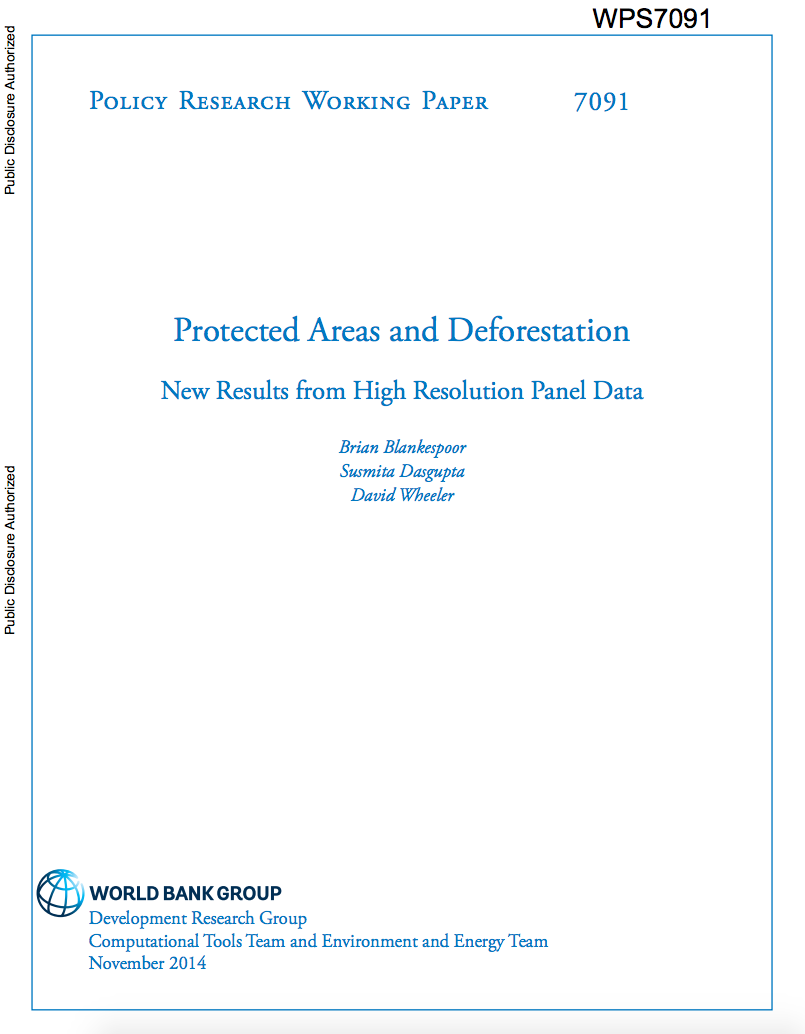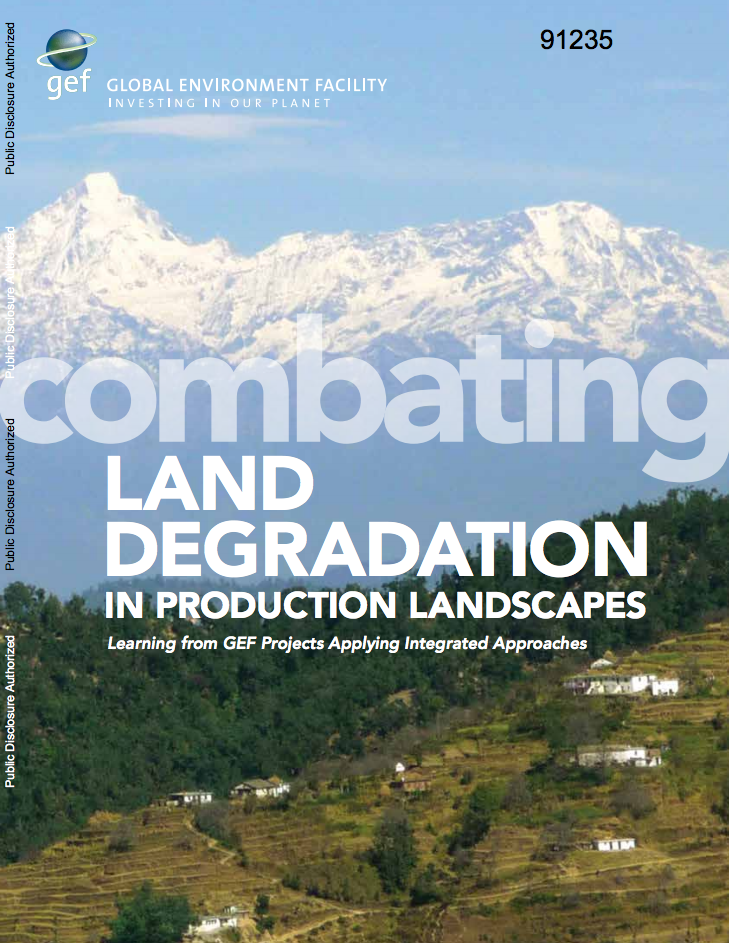The World Bank is a vital source of financial and technical assistance to developing countries around the world. We are not a bank in the ordinary sense but a unique partnership to reduce poverty and support development. The World Bank Group has two ambitious goals: End extreme poverty within a generation and boost shared prosperity.
- To end extreme poverty, the Bank's goal is to decrease the percentage of people living on less than $1.25 a day to no more than 3% by 2030.
- To promote shared prosperity, the goal is to promote income growth of the bottom 40% of the population in each country.
The World Bank Group comprises five institutions managed by their member countries.
The World Bank Group and Land: Working to protect the rights of existing land users and to help secure benefits for smallholder farmers
The World Bank (IBRD and IDA) interacts primarily with governments to increase agricultural productivity, strengthen land tenure policies and improve land governance. More than 90% of the World Bank’s agriculture portfolio focuses on the productivity and access to markets by small holder farmers. Ten percent of our projects focus on the governance of land tenure.
Similarly, investments by the International Finance Corporation (IFC), the World Bank Group’s private sector arm, including those in larger scale enterprises, overwhelmingly support smallholder farmers through improved access to finance, inputs and markets, and as direct suppliers. IFC invests in environmentally and socially sustainable private enterprises in all parts of the value chain (inputs such as irrigation and fertilizers, primary production, processing, transport and storage, traders, and risk management facilities including weather/crop insurance, warehouse financing, etc
For more information, visit the World Bank Group and land and food security (https://www.worldbank.org/en/topic/agriculture/brief/land-and-food-security1
Resources
Displaying 1216 - 1220 of 4907Protected Areas and Deforestation : New Results from High Resolution Panel Data
This paper investigates the
effectiveness of protected areas in slowing tropical forest
clearing in 64 countries in Asia/Pacific, Africa, and Latin
America for the period 2001-2012. The investigation compares
deforestation rates inside and within 10 kilometers outside
the boundary of protected areas. Annual time series of these
deforestation rates were constructed from recently published
high-resolution data on forest clearing. For 4,028 parks,
Combating Land Degradation in Production Landscapes : Learning from GEF Projects Applying Integrated Approaches
During the Fifth Replenishment Phase of
the Global Environment Facility (GEF-5), portfolio
monitoring and learning review were introduced as key
components of knowledge management in the GEF Secretariat.
These strategies were intended to address the need to
generate knowledge on innovative practices, experiences, and
lessons from projects financed by the GEF. In that regard,
the Land Degradation focal area strategy for GEF-5
Firm Perceptions in Post-Revolutionary Tunisia
Through steady structural reforms and
good macroeconomic management, Tunisia has been successful
in sustaining growth. The country enjoyed a 4.8 percentage
average annual growth in Gross Domestic Product (GDP) over
most of the 2000`s, placing the country among the leading
performers in the region. Most of the growth was driven by
private enterprises in the export sectors. Tunisia did
better than most countries in the region because it started
Natural Disasters in MENA : A Regional Overview
Disasters are increasing worldwide with
more devastating effects than ever before. The absolute
number of disasters around the world has almost doubled
since the 1980s, but the average number of natural disasters
in Middle East and North Africa (MENA) has almost tripled
over the same period. In MENA the interplay of natural
disasters, rapid urbanization, water scarcity, and climate
change has emerged as a serious challenge for policy and
Harnessing the Potential for Green Growth in Kuwait
Like many countries in the Middle East
and North Africa (MENA) region, Kuwait faces considerable
environmental challenges due to air pollution, increasingly
scarce water resources and deteriorating arable land. As the
problems associated with climate change intensify,
governments and countries need to respond with more creative
and wide ranging policy responses in order to safeguard the
standards of living for future generations. While the








